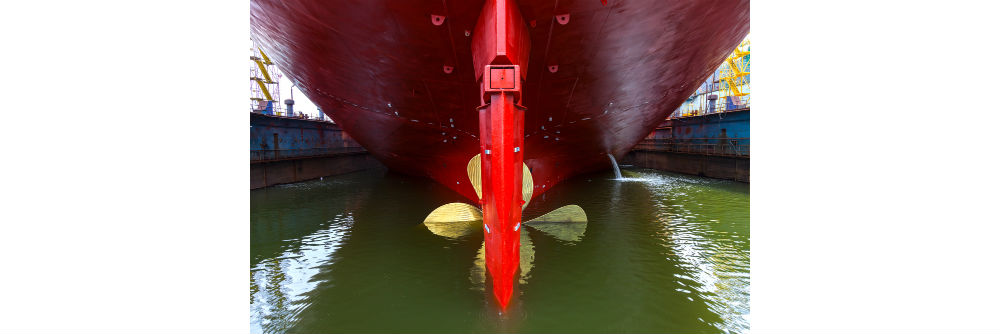A joint study by DNV GL and Hempel, ‘Computing Hull & Propeller Performance: Ship Model Alternatives and Data Acquisition Methods’ examines the effectiveness of different ship model alternatives and data acquisition methods for calculating hull and propeller performance.
With the mandatory introduction of the Ship Energy Efficiency Management Plan (SEEMP) and the development of ISO 19030 to assess hull roughness and fuel consumption, there has been a heightened focus on developing alternative methods to establish the performance monitoring of ships. In order to understand the influence of hull and propeller roughness on ship performance and fuel consumption, these different contributions must be eliminated from converting data to a common baseline.
However, approaches in data collection and normalisation often differ in accuracy and required efforts. One method is DNV GL’s ECO Insight solution that collects data on ship and voyage performance such as fuel consumption, speed, weather, operational profile, and looks at engine & system performance, ship performance such as hull & propeller degradation, fuel quality performance, environmental performance and onboard data recording.
In DNV GL and Hempel’s study, they look more closely at vessel performance and onboard data recording to establish how data frequency and data accuracy affect performance monitoring, attributing human error as a contributor to data inaccuracy. The report states that manually logged data can be improved in quality by making the task easier for the crew, such as by using human-centric software design to support crew in reporting tasks using guidelines that enable a voyage based structure of input to be followed (such as noon and event based reporting). Entering data once and automatically re-using it for assorted reports to save work load encourages the crew to focus more on these few occasions for reporting. Immediately checking data for completeness and plausibility and using smart default numbers to reduce entry errors (as often the default only needs to be confirmed) is facilitated through the use of software to ensure more accurate data reporting.
Furthermore, sensor accuracy and diagnostic checks at a raw data level are crucial to assisting with accurate data reporting.
Getting the model quality right is also cited as an important factor in the paper. Ensuring that changing operational conditions are taken into account and calculated properly (for example speed and power changes through a voyage) and considering draft and trim changes. For some ships these operational profiles can be wide throughout a voyage and therefore using existing model basin reference curves and the admiralty formula approach (which is used in ISO 19030 to correct for displacement from a given baselines) may result in loss of data sets.
In order to obtain a good model of power as a function of speed, draft and trim, neither the admiralty formula nor simplistic design formulas can be used. For containerships, DNV GL states that a total of 250 – 400 combinations of speed, draft and trim are necessary for a good hydrodynamic knowledge base covering all possible operational conditions. Model tests are also difficult to scale and suffer inaccuracies and although full-scale measurements are an option, for sea trials under controlled conditions, draft variations are near impossible and the time is usually prohibitive.
Overall, the quality of performance monitoring depends on the underlying model and on input data. Full-scale computational fluid dynamics (CFD) is required for correcting varying operational conditions for the underlying model, while input data requires high data quality and data frequency, but data quality should be invested in over data frequency.
To view the report, please click here.


































